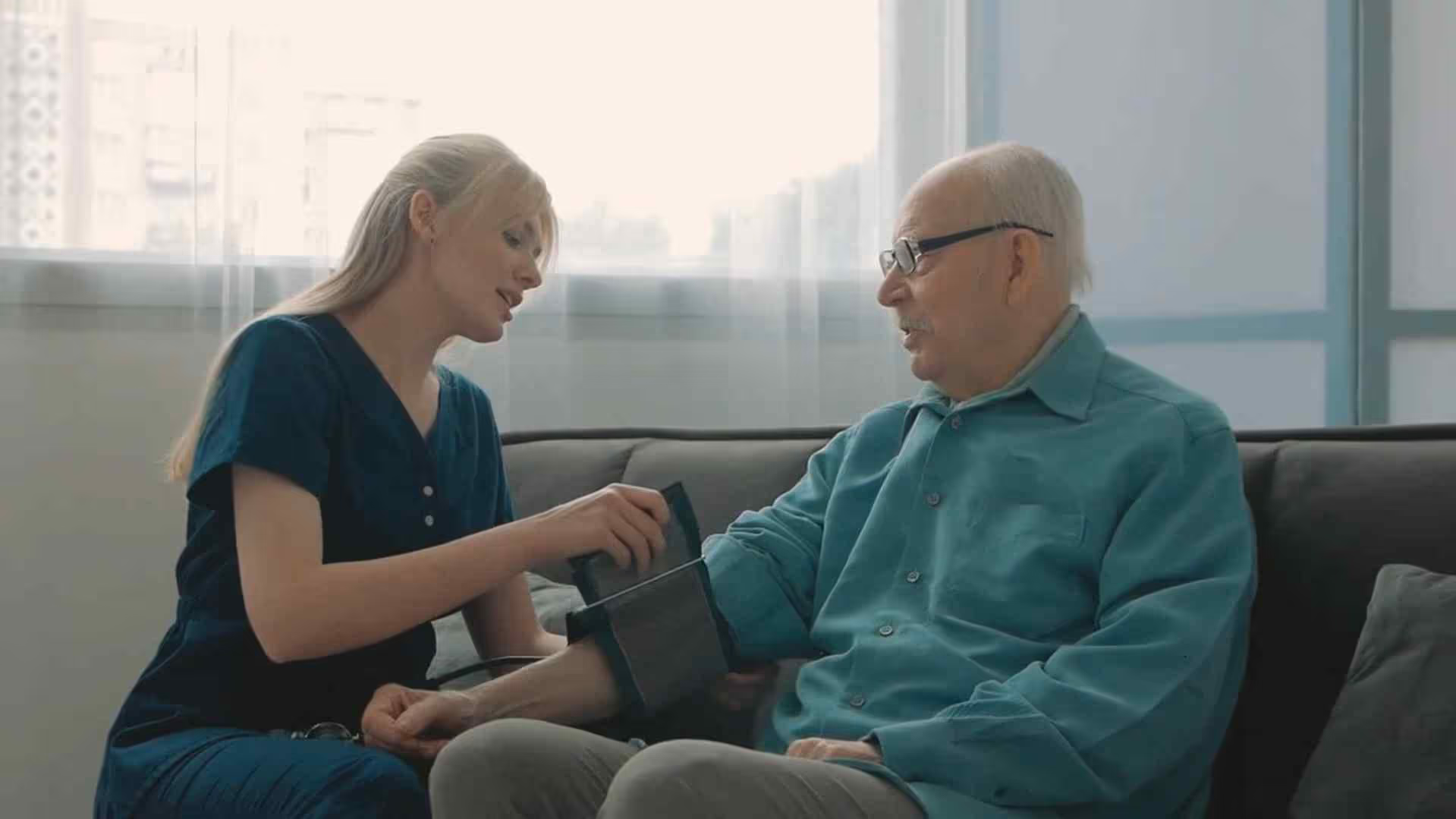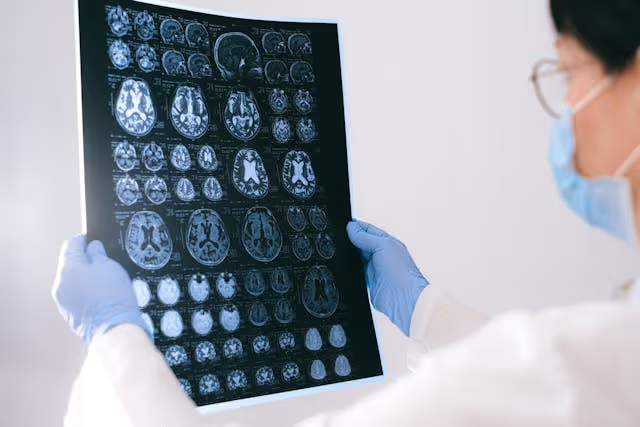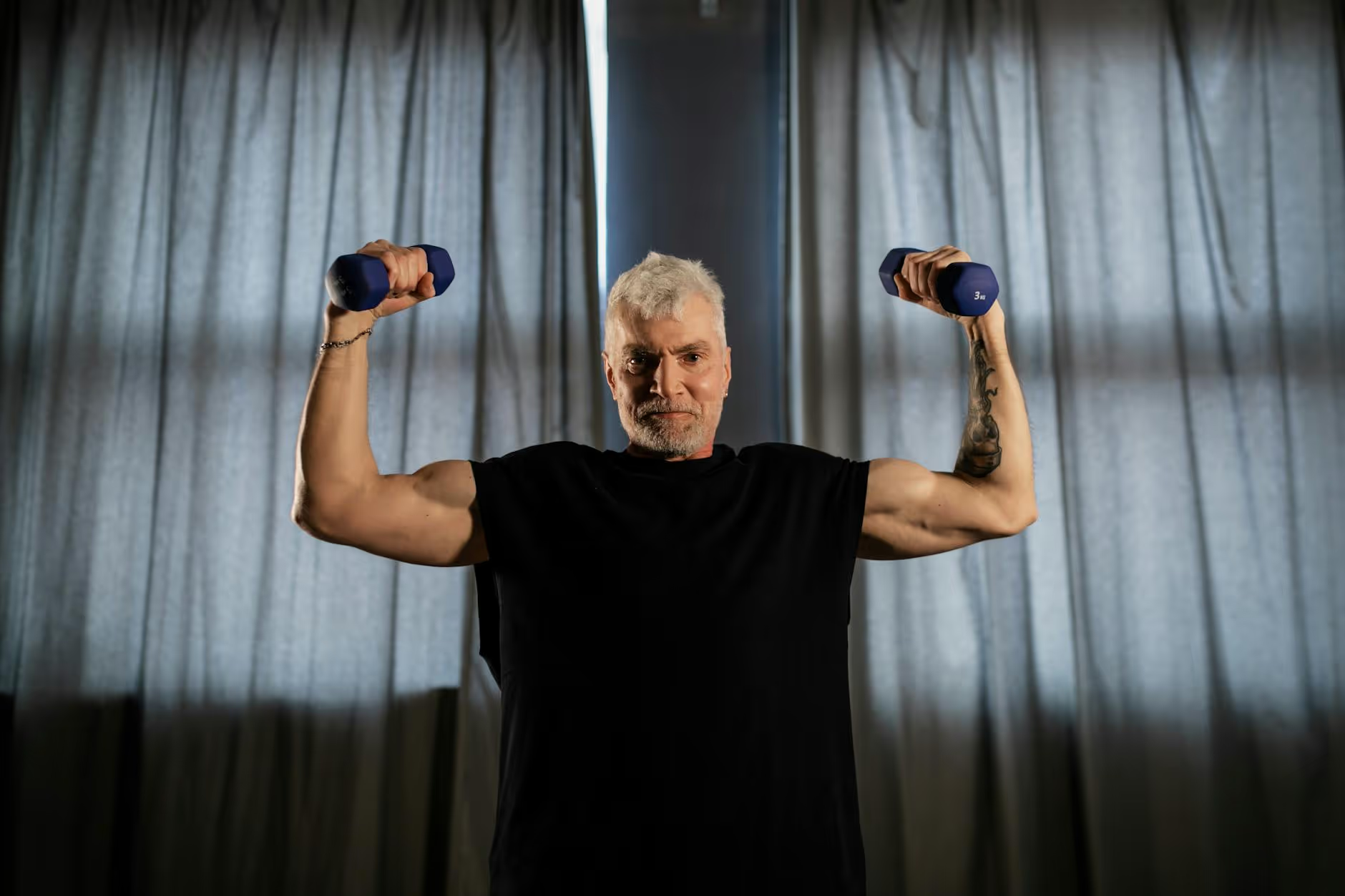The Role of Physical Therapy in Short-Term Rehabilitation
March 26, 2025
Maximizing Recovery: How Physical Therapy Enhances Short-Term Rehabilitation


Introduction to Physical Therapy's Role in Rehabilitation
In the journey of recovery from surgeries, injuries, or illnesses, physical therapy serves as a cornerstone of short-term rehabilitation. This therapeutic practice aims to restore movement, alleviate pain, and build strength, guiding patients towards regaining independence and optimal functioning. As part of a multidisciplinary team, physical therapists collaborate with other healthcare professionals to tailor approaches that meet individual recovery needs, making physical therapy a vital component of effective rehabilitative care. This article delves into the techniques, benefits, and experiences associated with physical therapy, particularly within the context of short-term rehabilitation programs.
Understanding Physical Therapy

What is physical therapy?
Physical therapy, also known as physiotherapy, is a healthcare practice focused on improving physical function and movement while managing pain. It is often part of recovery from injuries, surgeries, or chronic conditions, with treatments tailored to the individual needs of patients.
Licensed physical therapists are trained professionals who assess patient conditions and develop personalized treatment plans. These plans may include a variety of interventions such as exercises, stretches, and massage, as well as other modalities like heat or electrical stimulation.
Role in managing pain and improving mobility
The primary goals of physical therapy are to relieve pain, improve mobility, and increase muscle strength. This is achieved through a combination of:
- Active exercises that engage patients in improving their strength and flexibility.
- Passive movements performed by the therapist to enhance mobility.
- Physical modalities, including heat and cold treatments, designed to alleviate pain and promote recovery.
Physical therapists guide patients through tailored rehabilitation processes ensuring each exercise directly supports their recovery goals. The impact of physical therapy extends beyond immediate recovery by preventing further injuries and integrating long-term maintenance strategies for overall bodily health.
Settings for physical therapy treatment
Physical therapy can take place in a variety of settings, including:
- Hospitals: Often for acute care and post-surgical rehabilitation.
- Outpatient clinics: Where individuals can receive treatment on a scheduled basis.
- Home health care: Providing therapy in the comfort of patients’ homes, which has become increasingly popular, especially for seniors.
These diverse environments allow for flexibility and access to professional support based on patient needs. With the growing demand for rehabilitation services, physical therapy remains an essential component of recovery strategies, especially among the aging population experiencing an array of health conditions.
The Essentials of Short-Term Rehabilitation Therapy

What is short-term rehabilitation therapy?
Short-term rehabilitation therapy provides essential round-the-clock medical and therapeutic care to assist patients recovering from surgeries, injuries, or illnesses. This therapy typically lasts for a few weeks but can extend for several months based on individual patient needs.
A multidisciplinary team, including doctors and nurses, works collaboratively to monitor recovery and ensure the best outcomes. The team encompasses a variety of specialists such as physical and occupational therapists, who focus on restoring mobility and facilitating daily living skills, respectively.
Services offered include physical, occupational, and speech therapy, tailored to help patients regain their functionality and independence. In addition to physical and functional therapy, counseling services may be provided to support emotional well-being during the recovery process. This comprehensive approach is crucial for successful rehabilitation outcomes.
Multidisciplinary care in rehabilitation
The effectiveness of short-term rehabilitation significantly relies on a multidisciplinary care model. Physical therapists focus on improving movement, strength, and flexibility through targeted exercises and interventions. Occupational therapists assist in relearning daily activities critical for independence.
Together, these specialists work to create individualized treatment plans that specifically address the needs and goals of each patient. Regular evaluations and adjustments to therapy plans help optimize recovery, with patients typically engaging in intensive therapy sessions five days a week.
This integrated approach allows for seamless transitions from hospital to home while ensuring that each patient receives comprehensive care tailored to their unique situation.
Coverage for short-term rehabilitation
Costs associated with short-term rehabilitation may be covered by Medicare or other insurance, depending on the patient's specific health requirements and coverage type.
Understanding insurance coverage is crucial for patients and their families, as it helps facilitate access to necessary rehabilitation services.
In summary, short-term rehabilitation is pivotal in restoring independence and ensuring optimal recovery for patients following significant health challenges.
Goals and Objectives of Short-Term Rehab

What is the goal of short-term rehabilitation?
The primary aim of short-term rehabilitation is to assist patients in regaining their highest level of functioning as quickly as possible. This involves creating individualized treatment plans tailored to each patient's specific needs. A multidisciplinary team, including various therapy specialists and physicians, collaborates to develop these plans. Patients engage in intensive therapy, often dedicating up to three hours per day, five to seven days a week, to ensure comprehensive recovery.
Objectives of short-term rehabilitation
Short-term rehabilitation focuses on several key objectives:
- Enhancing Mobility: Improving physical functioning and strength to regain independence in daily activities.
- Pain Management: Implementing strategies to alleviate discomfort associated with recovery processes.
- Functional Skills Recovery: Assisting patients in relearning essential skills for activities of daily living (ADLs).
Key services and therapies offered
Services in short-term rehabilitation are diverse and may include:
- Physical therapy (PT): Concentrates on exercises and techniques to restore movement and alleviate pain.
- Occupational therapy (OT): Focuses on enabling patients to perform daily tasks independently.
- Specialized Rehabilitation Programs: Cardiac rehab, IV therapy, and orthopedic rehabilitation, tailored to individual conditions.
Expected outcomes in rehabilitation
The expected outcomes of an effective short-term rehabilitation program include:
- Improved Recovery Times: Enhanced physical functioning leading to quicker regain of independence.
- Quality of Life: Patients experience a significant boost in their overall well-being.
- Sustained Independence: Ultimately, rehabilitation programs facilitate a seamless transition from hospital to home, ensuring continued support in maintaining regained skills and function.
The Integral Role of Physical Therapy in Rehabilitation

What is the role of physical therapy in rehabilitation?
Physical therapy plays a crucial role in rehabilitation by alleviating pain, enhancing mobility, and strengthening weakened muscles. It employs a variety of techniques, including exercises, massages, and physical stimuli such as heat and electrical currents, tailored to treat conditions like back pain, arthritis, and neurological disorders.
Treatment approaches consist of both active exercises performed by patients and passive care administered by therapists, ensuring a comprehensive approach to healing. Patients often participate in targeted exercises designed to improve strength and flexibility, while therapists provide passive movements and manipulations to support recovery. Additionally, structured programs may include home exercises to maintain progress and prevent chronic issues.
In some regions, physical therapy requires a doctor's prescription, emphasizing its integration into a holistic healthcare framework.
Techniques used during rehabilitation
Below are some commonly employed techniques in physical therapy:
| Technique | Description | Applications |
|---|---|---|
| Active exercises | Patient-initiated movements to build strength | Rehabilitation after injury, surgery, or chronic pain |
| Passive care | Movements applied by the therapist to aid recovery | Range of motion improvement and muscle relaxation |
| Manual therapy | Hands-on techniques such as massage | Pain relief and improved circulation |
| Electrical stimulation | Use of electrical currents to stimulate muscles | Managing pain or enhancing muscle strength |
| Heat and cold therapy | Application of temperature to reduce pain | Inflammation reduction and muscle relaxation |
Importance in restoring functionality post-surgery
After surgical procedures such as joint replacements or repairs, physical therapy is vital for restoring functionality. It helps patients regain strength, flexibility, and the ability to perform daily activities independently. A tailored rehabilitation plan, designed in collaboration with the multidisciplinary care team, ensures optimal recovery and a seamless transition from hospital care to home independence.
The integration of physical therapy services with occupational therapy further enhances recovery outcomes, providing a comprehensive approach to restore both movement and daily living skills.
Setting Focused Objectives: Short-Term Physical Therapy Goals
Importance of Goal Setting in Therapy
Goal setting is crucial in physical therapy as it establishes a clear direction for recovery efforts. It helps therapists and patients define specific targets to work towards, enhancing motivation and engagement in the rehabilitation process. When patients understand their objectives, they are more likely to actively participate in their recovery, leading to improved outcomes.
What are some examples of short-term goals in physical therapy?
Some examples of short-term goals in physical therapy might include:
- Walking up a staircase within two weeks
- Walking 100 feet without an assistive device
- Improving the range of motion in a specific joint by a certain percentage
These goals are designed to be Specific, Measurable, Achievable, Relevant, and Time-bound (SMART). Creating clear and practical objectives facilitates patient motivation and satisfaction with the therapy process.
Monitoring and Adapting Treatment Plans
Regularly tracking progress toward these goals allows therapists to adjust treatment plans as necessary to meet the evolving needs of patients. Continuous assessment ensures that patients remain on track and can highlight areas where additional support might be needed.
Involving patients and their caregivers in the goal-setting process fosters a sense of collaboration, which is crucial for adherence to rehabilitation plans and ultimately leads to greater independence and quality of life.
Exploring the Benefits of Physical Therapy in Recovery

What are the benefits of physical therapy?
Physical therapy offers a multitude of advantages that are crucial for recovery and rehabilitation. Its primary benefits include:
- Pain Management: Physical therapy is highly effective in alleviating pain caused by injuries or chronic conditions using personalized treatment plans.
- Improved Mobility: Tailored exercises and activities help restore mobility and increase range of motion, allowing individuals to regain independence.
- Enhanced Functionality: Through strength training and functional activities, physical therapy aids in restoring the ability to perform daily tasks, from dressing to walking.
- Prevention of Future Injuries: A well-structured physical therapy program not only addresses existing ailments but also focuses on strengthening the body to prevent future injuries and complications.
Impact on recovery times and quality of life
Engaging in physical therapy significantly influences recovery timelines. Studies show that a combination of physical and occupational therapy leads to:**
- Faster Recovery: Patients often experience shorter rehabilitation periods due to the intensive focus on mobility and functional skills.
- Improved Quality of Life: As pain decreases and mobility improves, individuals typically report greater overall satisfaction with their physical health and daily routines.
Prevention of future injuries
The preventive aspect of physical therapy cannot be understated. By emphasizing strength, flexibility, and proper movement patterns, physical therapists empower individuals to minimize risks associated with:
- Falls, particularly among seniors
- Sports-related injuries
- Recurrence of chronic pain conditions
Through ongoing assessment and personalized strategies, physical therapy plays a vital role in maintaining wellness and preventing future health complications, making it an indispensable component of recovery.
Understanding the Demand for Physical Therapy
What are the most common reasons for seeking physical therapy?
Physical therapy is often sought after for a variety of reasons that focus on restoring movement and improving quality of life. Some of the most common conditions include:
- Post-Surgical Recovery: Many patients turn to physical therapy following orthopedic surgeries to regain strength and function.
- Injury Rehabilitation: Sports injuries, fractures, and other forms of trauma frequently require therapeutic intervention to heal properly.
- Chronic Pain Management: Conditions like arthritis, back pain, and neck pain are prevalent reasons for seeking therapy to improve daily function and alleviate discomfort.
- Neurological Recovery: Patients recovering from strokes or dealing with neurological disorders benefit from tailored physical therapy to regain mobility and coordination.
- Age-Related Challenges: Seniors often seek therapy to address balance issues and maintain independence as they age.
Additionally, physical therapists offer support for specialized conditions such as pelvic floor dysfunction and vestibular disorders, helping patients address specific health challenges.
Growing need for therapy services
The demand for physical therapy services is on the rise, particularly among seniors and individuals with chronic conditions. As populations age, the number of individuals dealing with disabilities and long-term health issues increases. Rehabilitation services are becoming increasingly vital in ensuring these individuals maintain their independence and quality of life.
Furthermore, the expansion of telehealth services has made physical therapy more accessible, accommodating a broader audience seeking help for their needs.
Reasons patients seek physical therapy
The reasons patients turn to physical therapy encompass a range of personal health goals and needs. Not only do they seek recovery from acute issues, but they often look for better management of chronic conditions. Importantly, physical therapists play a crucial role in enhancing mobility and optimizing movement.
In summary, the integration of various therapeutic approaches not only addresses immediate physical concerns but also fosters a long-term commitment to maintaining well-being and independence in everyday life.
Types of Physical Therapy and Their Applications
What are the different types of physical therapy?
There are several types of physical therapy tailored to distinct needs and conditions:
- Orthopedic Physical Therapy: This focuses on treating musculoskeletal injuries, enabling patients to recover strength and mobility post-injury or surgery.
- Neurological Physical Therapy: Aimed at those with conditions affecting the nervous system, such as stroke or Parkinson’s disease, it helps improve function and mobility.
- Sports Physical Therapy: Specialized for athletes, this therapy addresses sports-related injuries, optimizing recovery and performance.
- Pediatric Physical Therapy: Focused on children, it aids in managing developmental disorders, helping young patients achieve essential milestones.
- Geriatric Physical Therapy: This type caters to older adults, assisting them in managing age-related issues such as arthritis or in recovery from falls.
- Women’s Health Physical Therapy: Deals with specific health issues affecting women, including prenatal and postnatal care.
Applications in various health conditions
Physical therapy serves a wide range of health conditions:
- Orthopedic Surgeries: Supports post-surgical recovery for joint replacements or fractures.
- Chronic Conditions: Manages symptoms related to long-term diseases, enhancing quality of life.
- Neurological Issues: Aids in rehabilitation after strokes or neurological disorders.
- Sports Injuries: Facilitates quick recovery and return to physical activity.
Therapy settings and specialties
Physical therapy can be provided in various settings:
| Setting Type | Description | Specialties Involved |
|---|---|---|
| Outpatient | One-on-one therapy sessions, often for chronic issues. | Orthopedic, Sports, Geriatric PT |
| Inpatient/SNF | Intensive therapy, often for recovery post-surgery. | Neurological, Cardiac Rehab |
| Home Health Care | Therapy conducted at home for convenience and comfort. | General Rehabilitation |
| School-Based | Focused on children with developmental challenges. | Pediatric Physical Therapy |
These diverse therapy types provide essential support tailored to individual needs, effectively promoting recovery and independence across various patient populations.
Patient Experience in Physical Therapy Treatment
What can I expect from physical therapy treatment?
When entering physical therapy, patients can expect a tailored approach designed to improve their physical movement and functionality. This treatment is especially essential after injuries, surgeries, or as a result of chronic conditions.
Typically, sessions will involve a combination of personalized exercise programs and manual therapy techniques. Physical therapists employ various modalities, including heat, cold, ultrasound, and electrical stimulation, to manage pain and accelerate recovery.
The focus during each session often includes:
- Strength training to build muscle and enhance physical capabilities.
- Flexibility exercises aimed at improving range of motion and reducing stiffness.
- Mobility training, which helps patients regain movement abilities.
Treatment processes and techniques
Physical therapy treatments are structured around specific rehabilitation goals tailored to each patient’s needs. These sessions may include both passive and active exercises to ensure proper technique and reduce the risk of re-injury. The process typically comprises:
- Active exercises that patients perform independently to promote strength and coordination.
- Passive movements conducted by the therapist to help improve flexibility and comfort.
- Use of physical modalities like massage and stretching techniques to relieve tension and enhance circulation.
Patient-centered approaches in therapy
In physical therapy, the patient’s experience is at the forefront. Physical therapists work collaboratively with their patients, developing individualized care plans that reflect their unique goals and challenges. This patient-centered approach fosters a supportive environment where:
- Patients feel empowered to participate in their recovery journey.
- Open communication ensures therapy aligns with the patient's personal needs and preferences.
- Regular assessments allow therapists to adapt treatment plans to optimize progress.
Overall, physical therapy aims to relieve pain, enhance daily functioning, and support long-term health and well-being, creating a pathway for independence and improved quality of life.
Concluding Thoughts on Physical Therapy in Rehab
Physical therapy is a crucial element in the landscape of short-term rehabilitation. Its comprehensive approach not only targets immediate recovery goals but also lays the foundation for long-term health and independence. By blending expert guidance with patient-centered care, physical therapy enhances mobility, reduces pain, and contributes to the overall well-being of individuals navigating the recovery process. As demand for rehabilitative services grows, physical therapy stands out as a vital component, offering effective solutions tailored to the multifaceted needs of patients undergoing short-term rehabilitation.
References
- Short-Term Care: Physical and Occupational Therapy Work Together
- Physical Therapy (Physiotherapy): What It Is & Benefits
- In brief: Physical therapy - InformedHealth.org - NCBI Bookshelf
- Guide to Short Term Rehabilitation: Recover and Independence
- Physical Therapy in Skilled Nursing Facilities - Relias
- Physical Therapists : Occupational Outlook Handbook
- Physical therapy: Who can benefit, and how can it help?
- Navigating Short-Term Rehab: A Roadmap to Recovery




































































.jpeg)










































































































































































































.avif)























































.jpeg)

































































.jpeg)














.jpg)









































.jpeg)









































































.avif)




.avif)

















































.avif)








































































































































































